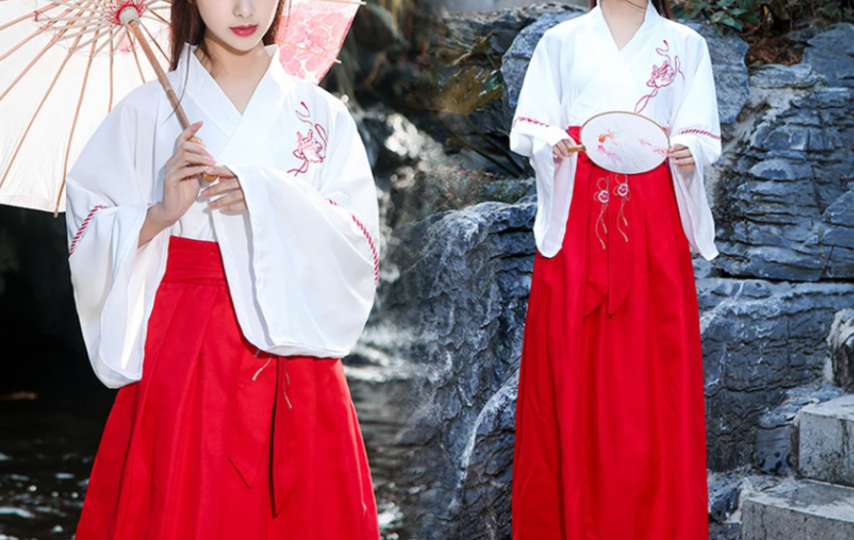Besides Mount Fuji, anime, tea, and calligraphy Japan is known for its comfort-based clothing. The first on the list is the kimono, the traditional Japanese attire that adds style and comfort both at the same time. Then we have diverse forms of haori, yukata, fashionable cardigans, and many others
Here is a brief history and details about them.
- Haori
Haori is a time-honored dress of Japan, dating back to the 1800s. Initially, it was solely a dress for men, worn by fighters of the Sengoku period on the battlefield as a protection against the chilly weather. However, it became common for both genders by the 1930s when the performing artists(geiko) of Tokyo started wearing them over their kimono.
It is a half-body-length dress, extending till thighs or hips with no buttons at the front. It is mostly worn over kimono and tied by two cords around the waist.
Being loose-fitted in nature, Haori can be worn over any outfit, such as jeans, jumpers, sweaters, and modern dresses. Accessorizing it with some dapper scarf completes the look.
- Kimono
Traditionally known as gofku, the kimono was initially a full-body length dress, extending from the shoulders to the feet. During the 700- 1100s, the Heian period, Kimono was designed as a garment that fits every body type and shape. During the 1600s, it was used by the Chinese dynasty, further flourished in the Japanese culture as silk made unisex apparel, known as Kosode.
This 12-layered garment was very expensive in old times due to its peculiarities which made mass production an ineffective procedure. Nevertheless, now we have various stylish and inexpensive kimonos that are made up of rayon, cotton, satin, and polyester.
Kimono cardigans are famous for their chic style that adds a vintage tint to any dress that is worn along. Modern style Kimono dresses are versatile by their virtue of blending modernity and traditionality.
- Yukata
Said to be the informal kimono, Yukata is widely used as a summer dress. It is mostly made of cotton fabric. Besides using it for festivities, street shopping, and casual hangout, Yukuta also functions as loungewear and bathrobe.
Commercialized during the Heian and Edo era, Yukuta started as a bathrobe for bathing in public bathing sites. Currently, men and women wear them differently. Usually, men have shorter sleeves of 10 cm and women have longer sleeves of 20 cm.
Attics to wear kimono and Yukata
You cannot wear a Kimono on a naked body, a garment underneath is mandatory. Usually “koshimaki” and “hadajuban” are the dresses advised to be worn under a kimono. Unlike yukata, panties beneath kimonos are not recommended, however, women wear them nowadays as a hygienic measure.
Another important etiquette is that for both kimono and yukata, the left panel is tied over the right one. The reverse of this is considered disrespectful towards Japanese culture.
Conclusion
Comfort is the new style and kimonos, yukata and haori personify it in real life. One must check out the collection of Japanese kimono to find the best ones for themselves.
The contemporary and modern versions of these traditional dresses come in various formats and colors, giving a trendy look to whoever wears them.













